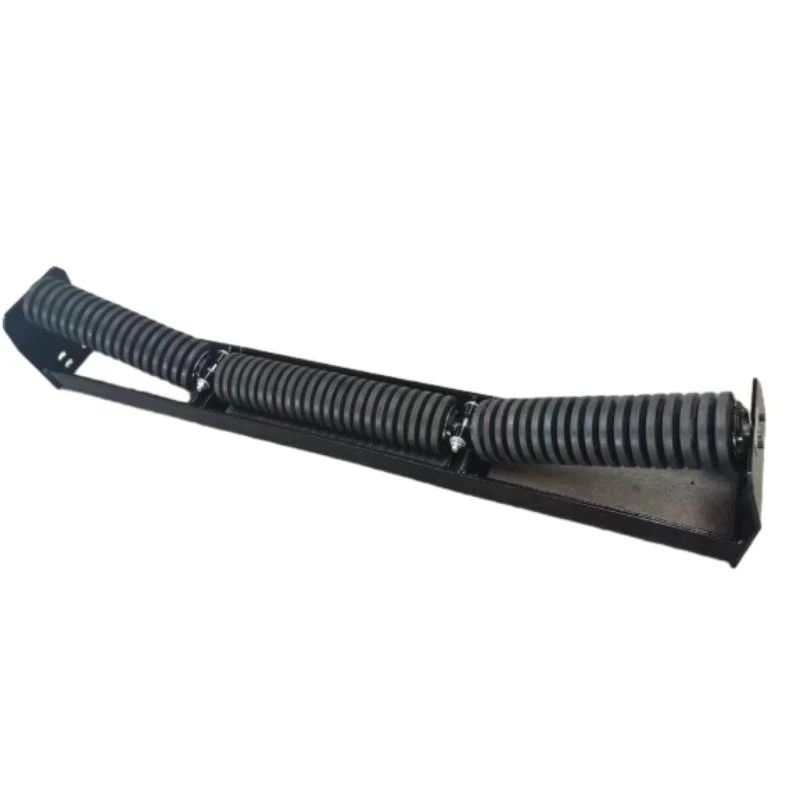 Afrikaans
Afrikaans  Albanian
Albanian  Amharic
Amharic  Arabic
Arabic  Armenian
Armenian  Azerbaijani
Azerbaijani  Basque
Basque  Belarusian
Belarusian  Bengali
Bengali  Bosnian
Bosnian  Bulgarian
Bulgarian  Catalan
Catalan  Cebuano
Cebuano  Corsican
Corsican  Croatian
Croatian  Czech
Czech  Danish
Danish  Dutch
Dutch  English
English  Esperanto
Esperanto  Estonian
Estonian  Finnish
Finnish  French
French  Frisian
Frisian  Galician
Galician  Georgian
Georgian  German
German  Greek
Greek  Gujarati
Gujarati  Haitian Creole
Haitian Creole  hausa
hausa  hawaiian
hawaiian  Hebrew
Hebrew  Hindi
Hindi  Miao
Miao  Hungarian
Hungarian  Icelandic
Icelandic  igbo
igbo  Indonesian
Indonesian  irish
irish  Italian
Italian  Japanese
Japanese  Javanese
Javanese  Kannada
Kannada  kazakh
kazakh  Khmer
Khmer  Rwandese
Rwandese  Korean
Korean  Kurdish
Kurdish  Kyrgyz
Kyrgyz  Lao
Lao  Latin
Latin  Latvian
Latvian  Lithuanian
Lithuanian  Luxembourgish
Luxembourgish  Macedonian
Macedonian  Malgashi
Malgashi  Malay
Malay  Malayalam
Malayalam  Maltese
Maltese  Maori
Maori  Marathi
Marathi  Mongolian
Mongolian  Myanmar
Myanmar  Nepali
Nepali  Norwegian
Norwegian  Norwegian
Norwegian  Occitan
Occitan  Pashto
Pashto  Persian
Persian  Polish
Polish  Portuguese
Portuguese  Punjabi
Punjabi  Romanian
Romanian  Russian
Russian  Samoan
Samoan  Scottish Gaelic
Scottish Gaelic  Serbian
Serbian  Sesotho
Sesotho  Shona
Shona  Sindhi
Sindhi  Sinhala
Sinhala  Slovak
Slovak  Slovenian
Slovenian  Somali
Somali  Spanish
Spanish  Sundanese
Sundanese  Swahili
Swahili  Swedish
Swedish  Tagalog
Tagalog  Tajik
Tajik  Tamil
Tamil  Tatar
Tatar  Telugu
Telugu  Thai
Thai  Turkish
Turkish  Turkmen
Turkmen  Ukrainian
Ukrainian  Urdu
Urdu  Uighur
Uighur  Uzbek
Uzbek  Vietnamese
Vietnamese  Welsh
Welsh  Bantu
Bantu  Yiddish
Yiddish  Yoruba
Yoruba  Zulu
Zulu Design Considerations for Efficiency in Belt Conveyor Idler Systems
Understanding Belt Conveyor Idler Design
Belt conveyors play a critical role in many industries, efficiently transporting bulk materials over various distances. A key component of these systems is the idler, which supports the weight of the conveyor belt while ensuring a smooth and efficient operation. The design of belt conveyor idlers is crucial for the overall performance, reliability, and longevity of the conveyor system. In this article, we will explore the fundamental aspects of belt conveyor idler design and its importance in material handling.
Function of Idlers
Idlers serve multiple purposes in a conveyor system. First and foremost, they support the belt, allowing it to maintain its structural integrity as it carries loads. Idlers also help reduce the friction between the belt and the conveyor structure, minimizing wear and tear. Additionally, they assist in keeping proper belt alignment, which is essential for preventing unnecessary wear and enhancing overall system efficiency.
Types of Idlers
There are several types of idlers, each designed for specific applications
1. Standard Idlers These are used in most conveyor installations, primarily consisting of individual rollers mounted on a structure. They can be further categorized into troughing idlers, flat idlers, and return idlers.
3. Return Idlers Located on the return run of the belt, these idlers help maintain the belt's shape and prevent it from sagging.
4. Impact Idlers Positioned at loading zones, they absorb the energy from falling materials, protecting the belt and the structure.
5. Training Idlers These idlers are adjustable and used to correct belt alignment issues, ensuring the belt runs straight.
belt conveyor idler design

Factors Influencing Idler Design
When designing idlers, various factors must be considered to ensure optimal performance
1. Load Capacity Idlers must be capable of supporting the maximum load without deformation or failure. Engineering calculations must account for factors such as material weight, belt speed, and the type of material being transported.
2. Material Selection The choice of materials for idlers impacts durability and performance. Common materials include steel for durability and polymer for lighter loads. The environmental conditions (e.g., exposure to moisture, chemicals) also dictate material selection.
3. Roller Diameter and Width The diameter and width of the rollers affect the load distribution and belt durability. Larger diameters can reduce belt wear but may also require stronger support structures.
4. Bearing Type The type of bearings used in idlers plays a crucial role in reducing friction and prolonging service life. Sealed bearings are often preferred for their low maintenance needs and resistance to contaminants.
5. Spacing and Arrangement The spacing between idlers affects the belt sag and overall system efficiency. Proper arrangement can help in minimizing the risk of belt misalignment.
Importance of Regular Maintenance
A well-designed idler will enhance the conveyor system's efficiency; however, regular maintenance is vital to achieve long-lasting performance. Routine inspections can identify worn-out or damaged idlers, preventing costly downtime. Proper lubrication of bearings and regular cleaning to remove debris are also essential maintenance practices.
Conclusion
In conclusion, belt conveyor idler design significantly impacts the efficiency and reliability of conveyor systems. Proper selection of idler types, materials, and dimensions, combined with regular maintenance, ensures smooth operation and longevity of the equipment. As industries continue to evolve and demand greater efficiency, advancements in idler technology will play a crucial role in meeting these challenges, thereby enhancing the effectiveness of material handling systems worldwide.
-
Revolutionizing Conveyor Reliability with Advanced Rubber Lagging PulleysNewsJul.22,2025
-
Powering Precision and Durability with Expert Manufacturers of Conveyor ComponentsNewsJul.22,2025
-
Optimizing Conveyor Systems with Advanced Conveyor AccessoriesNewsJul.22,2025
-
Maximize Conveyor Efficiency with Quality Conveyor Idler PulleysNewsJul.22,2025
-
Future-Proof Your Conveyor System with High-Performance Polyurethane RollerNewsJul.22,2025
-
Driving Efficiency Forward with Quality Idlers and RollersNewsJul.22,2025





























